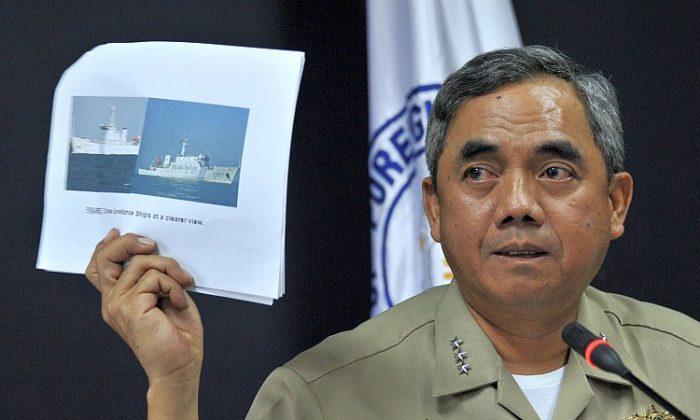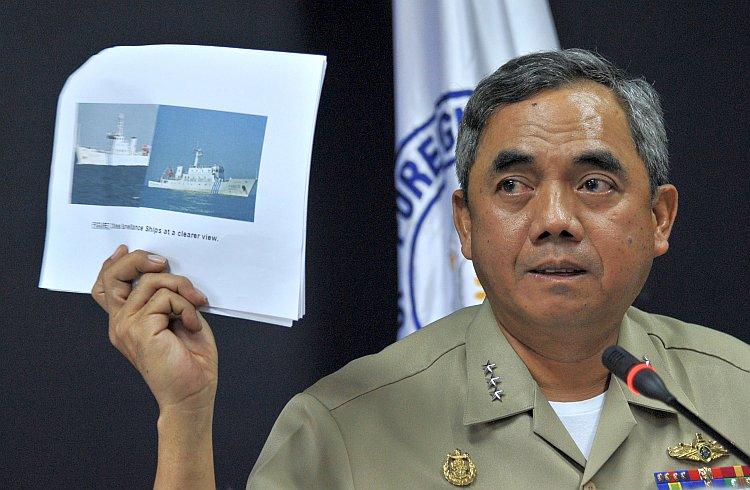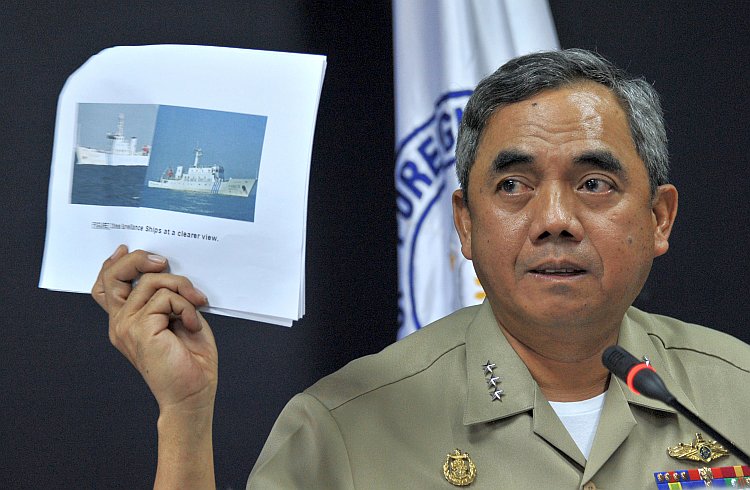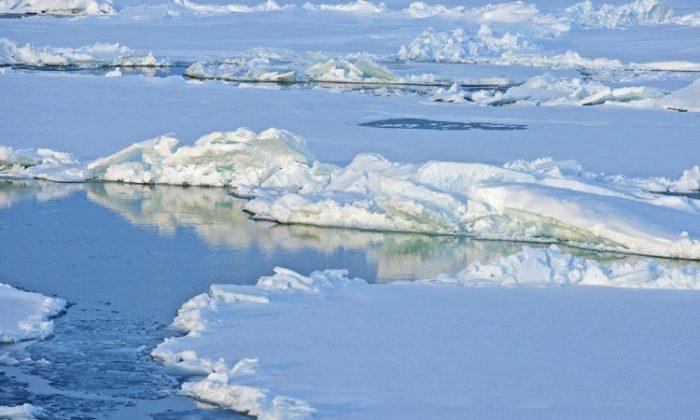The Philippine navy’s largest warship is currently involved in a standoff with two Chinese maritime vessels in a disputed area of the South China Sea. The Chinese vessels are preventing the arrest of Chinese fishermen aboard eight fishing boats, who the Philippine Department of Foreign Affairs claims have been fishing for protected species and collecting corals illegally.
The event, is unfolding near a highly disputed island off the northwestern coast of the Philippines. The Philippines call the island Panatag and China calls it Huangyan Island. It has triggered a war of words between the two nations with both sides claiming sovereignty over the island.
The standoff appears to have been a few days in the making. The Philippine Department of Foreign Affairs said in a press release on Wednesday that the warship BRP Gregorio del Pilar was conducting maritime patrol of the area “[t]o protect the marine environment and resources in the Panatag Shoal and to assert Philippine sovereignty and sovereign rights over the area” after surveillance aircraft spotted eight Chinese fishing vessels anchored inside the Panatag Shoal on Sunday, April 8.
On April 10, the BRP dispatched a boarding team to the Chinese vessels, where they found “large amounts of illegally collected corals, giant clams, and live sharks.” But before any arrests could be made, two Chinese maritime surveillance ships, identified in the statement as Zhounggou Haijian 75 and Zhounggou Haijian 84, arrived and placed themselves between the Philippine warship and the Chinese fishing vessels, leading to the standoff.
China, however, takes a different view of the events. The Chinese Communist Party’s media mouthpiece Xinhua, reported on April 11 that the Chinese Embassy in a statement urged the Philippines to stop “illegal activities in China’s territory,” and described the actions as “harassment of Chinese fishermen.”
Philippine Foreign Secretary Albert del Rosario met Chinese Ambassador Ma Keqing on Wednesday, according to the BBC. Del Rosario said after the meeting that negotiations were at an “impasse.”
Meanwhile, Philippine Lt. Gen. Anthony Alcantara of the Northern Luzon Command, said that the Philippine coast guard is sending a ship to support the Gregorio Del Pilar, and that they are keeping a close watch on the situation, The Philippine Star reported.
This current incident is one more in a growing list of sovereignty skirmishes in the South China Sea in a competition to control the gas and oil rich region. China has also been involved in altercations with Brunei, Vietnam, Malaysia, and Taiwan.
China claims sovereignty over more or less the entire South China Sea, and the Chinese Embassy said in its statement that its sovereignty over Panatag, or Huangyan Islands, is “widely respected by the international community.”
However, China’s claims intrude far into what is considered the Exclusive Economic Zones (EEZ) of other claimant countries, as established by the United Nations Convention of the Law of the Sea (UNCLOS).
UNCLOS states that a coastal nation has sole exploitation rights of natural resources in an area extending 200 nautical miles from their territorial waters.
Panatag is located well within the Philippines’ EEZ, and is an “integral part of Philippine Territory,” the Philippine Department of Foreign Affairs emphasized.
Global Security, in a backgrounder on the South China Sea issue on its website, comments, “China’s claims cannot be reconciled with the claims of other states in the South China Sea area. The other states have conflicting claims that can be harmonized. ... But China claims the entirety of the South China Sea, so there is no possibility of compromise with China’s position, since it is all or nothing.”
The incident happened just days before joint U.S.-Philippine military exercises are to take place near the disputed islands.







Friends Read Free